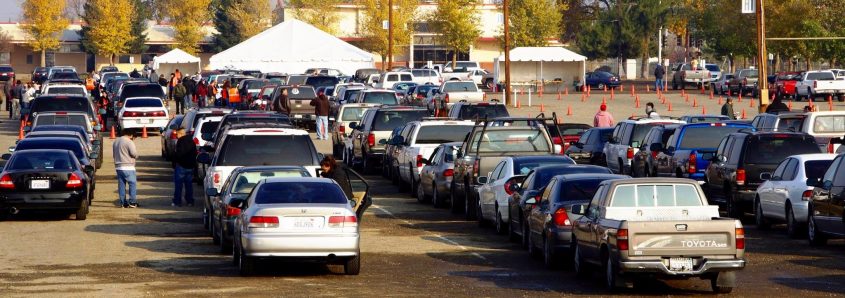
Justice — and Smog Checks — for All New UCLA Center for Innovation study finds that the Tune In & Tune Up smog repair program in the San Joaquin Valley efficiently tackles pollution and poverty
By Colleen Callahan
A 34-year-old mother dropped out of college in San Francisco due to mobility issues.
A young couple with four children walked to get around when their vehicles broke down.
A homeless woman relied on her car for both housing and travel purposes.
These are just a few of the more than 40,000 individuals who have benefited over the past four years from the San Joaquin Valley’s smog test and vehicle repair program known as Tune In & Tune Up.
A new study from the UCLA Luskin Center for Innovation analyzed Tune In & Tune Up data and finds that this program, which has been operating since 2005, is pioneering a model that other regions could use to efficiently reduce emissions from cars and other light-duty vehicles while achieving equity objectives. It is one of the first transportation programs in the nation premised on jointly achieving efficiency, equity and environmental objectives. That it exists to serve residents in the San Joaquin Valley is only more critical given that this eight-county region has disproportionately high levels of pollution and poverty compared to the rest of the state.
Tune in & Tune Up is a program of the San Joaquin Valley Air Pollution Control District funded by enhanced vehicle registration fees and implemented by a nonprofit organization, Valley Clean Air Now (Valley CAN). The program provides free smog checks for residents of the valley. Owners of vehicles that do not pass emission tests receive vouchers redeemable for up to $850 in smog repairs.
UCLA evaluated the program with regard to efficiency, equity and environmental objectives.
“Tune In & Tune Up operates efficiently, in part by keeping attrition low and passing funds to a high level of program participants,” said Gregory Pierce MURP ’11 PhD UP ’15, co-author of the study and associate director of research at the UCLA Luskin Center for Innovation.
Analysis of previously unexplored data by Pierce and Rachel Connolly, who will be pursuing her Ph.D. in public health at UCLA in the fall, found that Valley CAN recorded 41,688 unique attendees at its Tune In & Tune Up events since 2012. Of vehicle owners offered a voucher, the vast majority (78 percent) redeemed their vouchers at a smog repair shop. This resulted in the program providing over $12 million in direct financing for smog repairs to more than 20,000 qualified residents of the valley since 2012. This equates to about $2.7 million allocated annually to 4,500 annual customers.
Residents from nearly every neighborhood in the San Joaquin Valley (97 percent of all census tracts) attended a Tune In & Tune Up event. Researchers equate that very high level of engagement to the wide reach of the events — several events were held in each county several times per year — and effective outreach. Valley CAN partners with community-based organizations, local radio stations and newspapers to spread the word about the program in multiple languages and in multiple neighborhoods throughout the valley.
“Tune In & Tune Up is the largest program in the state to offer light-duty transportation assistance to a substantial number of low-income households through a grassroots approach,” Pierce said.
Researchers found that while the program is equal opportunity, the program distributed the most financial benefits to neighborhoods most in need within the valley. The study concluded that the program successfully targeted communities with lower incomes, higher percentages of minority households and higher levels of cumulative pollution threats than the regional average.
The program also successfully targeted vehicles most likely to be high emitters, according to researchers. The study found that the vehicles reached by the Tune In & Tune Up program are much older, have higher odometer readings and are more often unregistered than the average for the state’s overall fleet of light-duty vehicles.
“This is important because older vehicles emit a disproportionate amount of smog-forming pollution linked to asthma and other respiratory diseases. Yet many low-income residents of the valley have no choice but to drive old vehicles because they live in rural areas with limited or no access to public transit,” Pierce said.
In addition to receiving smog checks and vehicle repair vouchers, attendees of Tune In & Tune Up events also learn about additional opportunities such as incentives worth thousands of dollars that are available for low-income Californians who voluntarily scrap their older, high-emitting cars and replace them with newer, cleaner and more fuel-efficient cars.
“Tune In & Tune Up should be considered as a complementary approach to meeting air quality standards in low- or moderate-density regions throughout the U.S. where the built environment does not allow for the cost-effective build out of a full-serve transit network or where financing for zero-emission vehicles is constrained,” the researchers noted in the study.
The researchers concluded that features of the Tune In & Tune Up program can serve as potentially replicable models for supporting the type of social and environmental justice objectives increasingly expected by many policymakers and residents of California.
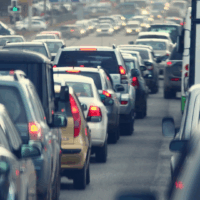
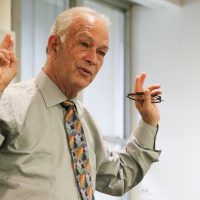
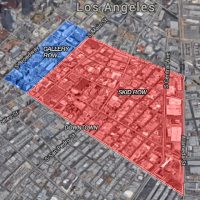
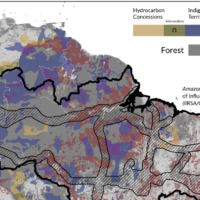
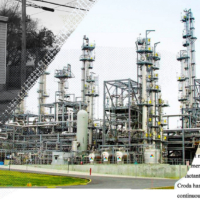
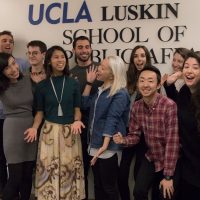

This is a very interesting study, thank you for conducting it. I am an absentee owner of multiple test only smog shops (i.e. I don’t do repairs). My real daytime job is research based and I have a MS degree in a research based field as well. That are two thoughts I want to share with the authors.
1). I don’t do repairs but based on my experience I agree that $500 from the state is absolutely not enough to incentivize the target population to perform repairs.
2). I am particularly interested in table 4 of the study, which shows mean out of pocket cost of around $90, but median of zero, and a large standard deviation. This suggests a big tail of expensive repairs. The ones who ended up not repairing their vehicles despite having the voucher were probably faced with large repair bills as well.
I say all this because I personally think there is quite a lot of abuse on the repair side. Again, I don’t do repairs, but I know enough as a test only owner. Many repair shops prey on the uneducated consumer and give unreasonably high prices for repairs, especially when they walk in with $500 CAP money anyways. The higher consumer assistance did incentivize more consumers to perform repairs, but I wonder whether if it’s the most efficient use of funds, or if the smog repair shops adjust their price higher for the higher consumer assistance dollars. I also wonder how the county select the repair smog shops that participate in the program. Perhaps this can be factored into the second part of your study. I look forward to seeing the publication!